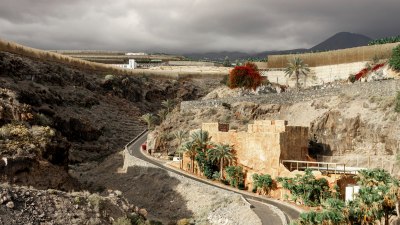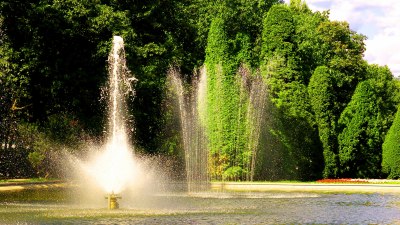Sailing the Ancient Spice Route on a Journey Through Time
Explore the ancient spice route and its historical significance through a captivating journey across time.

Sailing the Ancient Spice Route represents not just a physical journey, but also a deep dive into history, trade, and cultures that shaped the Mediterranean and beyond. This route, which once thrived on the exchange of spices, silk, and precious goods, has been a pathway for civilizations, connecting the East with the West. The ancient maritime trade routes have been pivotal in the development of societies, influencing culinary practices, economics, and even politics. In this article, we embark on a journey through the ages to explore the ancient spice route, its profound impact on global trade, and the stories that have emerged from this vibrant exchange.
The Origins of the Spice Route
The origins of the spice route can be traced back to antiquity when the demand for spices began to rise significantly in different parts of the world. With the fall of empires and the rise of new powers, the thirst for cinnamon, pepper, nutmeg, and other exotic spices intensified. Spices were not just culinary delights; they were considered symbols of wealth and status. The spice route emerged as trade networks were established, with merchants navigating treacherous seas and vast deserts to procure these luxurious goods.
Key Players in the Spice Trade
The ancient spice trade involved various key players, including merchants, explorers, and empires. The Phoenicians, renowned for their seafaring skills, were among the first to establish trade routes across the Mediterranean. They traded not only spices but also textiles and metals. As empires rose and fell, trading routes shifted, with notable contributions from the Romans, Arabs, and later, the Portuguese and Dutch in the Age of Exploration. These players not only facilitated the trading of spices but also exchanged cultural and religious ideas that enriched societies.
Major Spices and Their Impact
Several spices played a critical role in the ancient spice route, significantly affecting various cultures. Cinnamon, for instance, was highly sought after in Rome and was believed to possess medicinal properties. Pepper became the currency of trade, used to buy slaves and land. Cloves and nutmeg were among the most expensive spices, reserved for the elite. The desire for these spices led to the establishment of new trade agreements and even conflicts, notably seen during the spice wars between European powers in the 16th and 17th centuries.
Maritime Navigation and Challenges
Maritime navigation during this period presented significant challenges. Sailors had to contend with unpredictable weather, treacherous waters, and piracy. The technology of the time was rudimentary, relying heavily on celestial navigation and experience. As trade expanded, so did the need for improved navigation techniques. The introduction of the magnetic compass and advancements in shipbuilding, such as the caravel, allowed for longer voyages and greater exploration. These innovations opened up new markets and provided an impetus for the age of exploration, setting the stage for the global trade landscape we know today.
Connecting Cultures Through Trade
The spice route was more than just a trade pathway; it was a conduit for cultural exchange. As people traveled for trade, they brought with them their languages, customs, and beliefs. This cultural mingling led to a rich tapestry of shared practices in art, cuisine, and religion. For example, the introduction of Asian spices into European cuisine transformed culinary traditions, while Islamic scholars contributed significantly to scientific advancements, many of which were transmitted via these trade routes.
The Decline of the Spice Route
The Modern Spice Trade
Today, the legacy of the ancient spice route can still be seen in the global spice trade. While maritime routes have shifted drastically, spices continue to play a crucial role in culinary practices around the world. With advancements in agriculture and trade, spices are now more accessible than ever, creating a vibrant market that serves both tradition and innovation. From turmeric in Indian curries to saffron in Mediterranean dishes, spices remain an integral part of culinary identities across cultures.
Lessons from the Spice Route
Exploring the ancient spice route teaches us invaluable lessons about trade, exploration, and interconnectedness. It illustrates how the demand for goods can drive cultural exchange and economic development. The legacy of the spice route reminds us of the importance of preserving trade routes that foster understanding between different cultures in our increasingly globalized world.
As we reflect on the journey along the ancient spice route, we uncover a rich history that shaped civilizations and continues to impact us today. The stories of merchants, spices, and cultural exchange are woven into the fabric of our societies, urging us to appreciate the significance of trade routes and the connections they foster across the globe. Sailing the ancient spice route is not only a voyage across time but also a journey of understanding and appreciation for the diverse tapestry of human experience.











